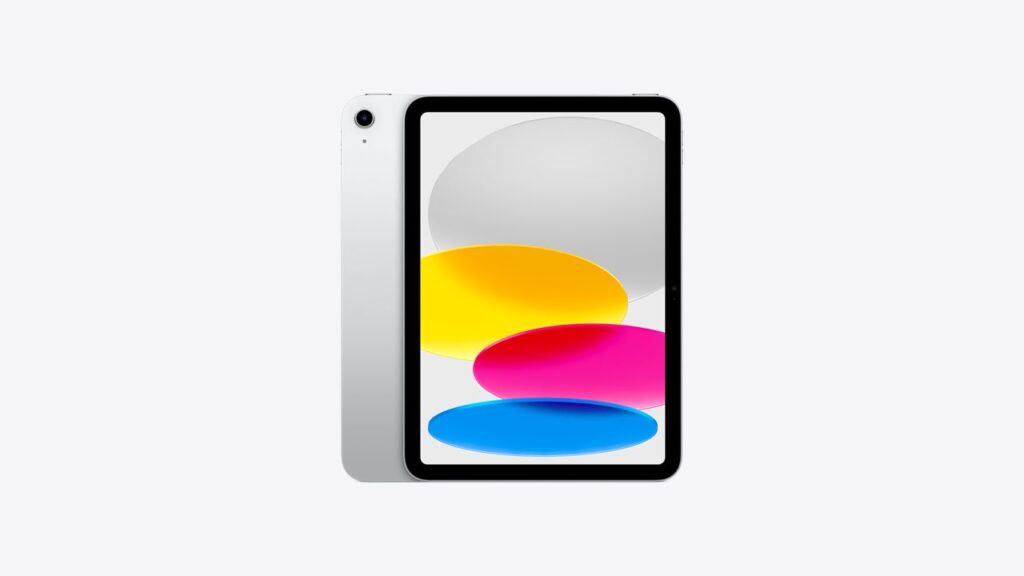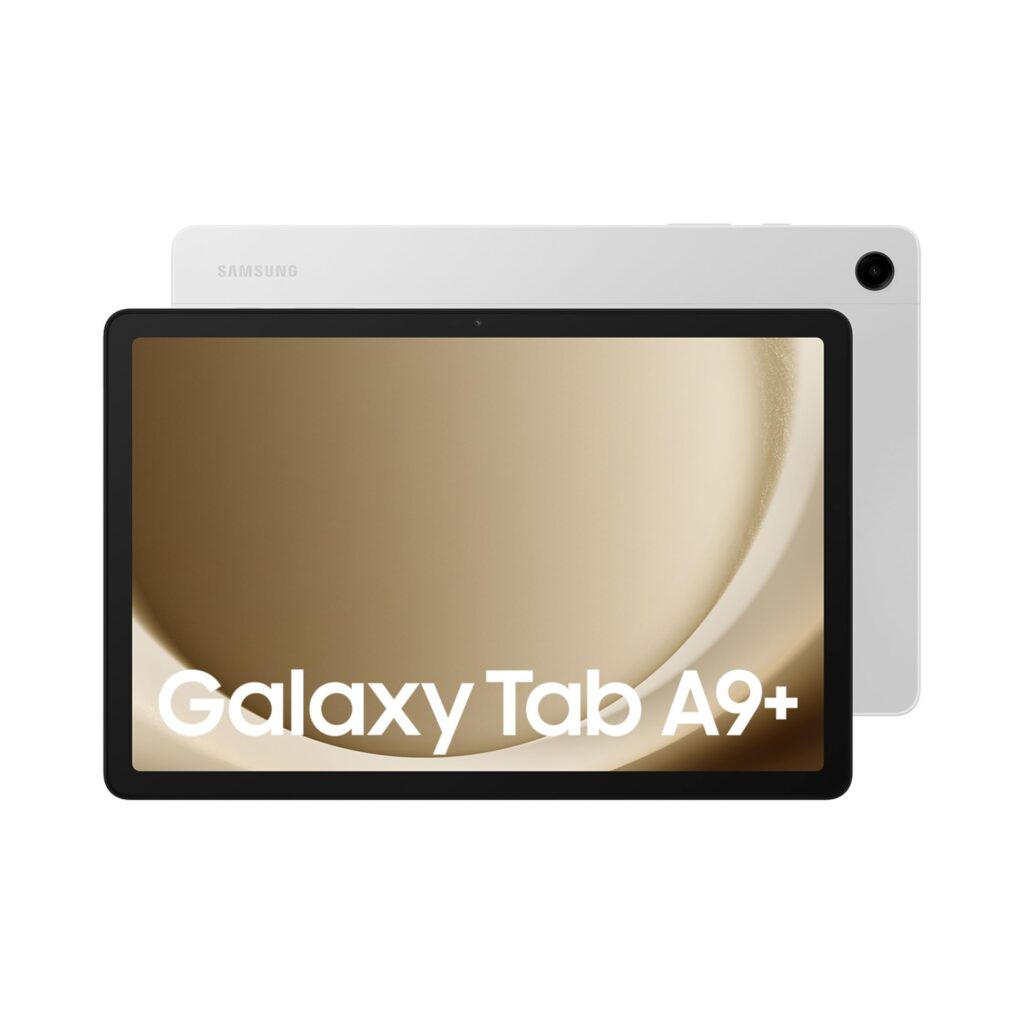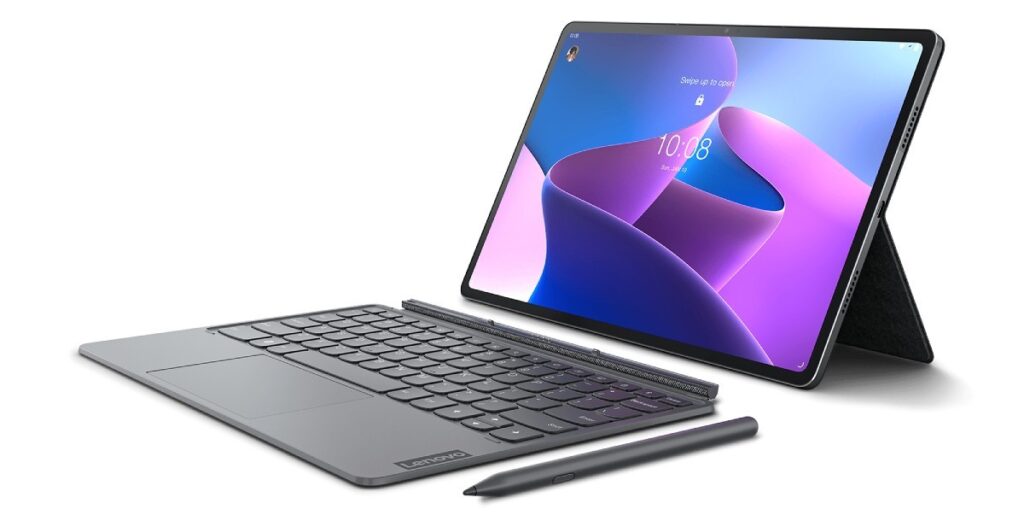As a student in 2025, a tablet can be a game-changer for your academic journey. Whether you’re taking notes, reading e-textbooks, attending virtual classes, or managing assignments, a student-friendly tablet combines portability, versatility, and power to keep you productive. This post dives into what makes a tablet ideal for students, key features to look for, and top recommendations based on the latest trends and needs.
Why Students Need a Tablet
Tablets bridge the gap between smartphones and laptops, offering a lightweight, touch-enabled device that’s perfect for studying on the go. Here’s why they’re a must-have for students:
- Portability: Slim and light, tablets are easy to carry to classes, libraries, or coffee shops.
- Versatility: Use them for note-taking, sketching diagrams, reading, coding, or even entertainment during downtime.
- Affordability: Many tablets are budget-friendly compared to laptops, with student discounts widely available.
- Digital Integration: Sync with apps like Notion, OneNote, or Google Drive for seamless organization and collaboration.
Essential Features to Look For
To ensure your tablet meets student demands, prioritize these features:
Performance
- Processor: Opt for modern chips like Apple’s A-series or M-series, Qualcomm Snapdragon 8 series, or MediaTek Dimensity for fast performance.
- RAM/Storage: 4GB RAM minimum (8GB for multitasking or coding); 64GB storage for basic needs, 128GB+ for heavy app or media use.
- Why it matters: Handles demanding tasks like video editing, programming, or running multiple apps during study sessions.
Display
- Size: 10–12 inches for comfortable reading and multitasking.
- Resolution: At least 1080p; 2K or Retina displays are ideal for sharp text and visuals.
- Why it matters: A clear, vibrant screen reduces eye strain for long reading or lecture-watching sessions.
Battery Life
- Minimum: 8–10 hours to last a full day of classes and study.
- Why it matters: Avoids the hassle of frequent charging during busy schedules.
Stylus Compatibility
- Active Stylus: Support for styluses like Apple Pencil, Samsung S Pen, or third-party pens for handwritten notes or diagrams.
- Why it matters: Handwriting boosts memory retention, and a stylus is great for annotating PDFs or sketching.
Operating System
- iPadOS: User-friendly, optimized for touch, and perfect for Apple ecosystem users.
- Android: Budget-friendly, customizable, with access to Google Play apps.
- Windows: Ideal for desktop-grade software like Microsoft Office or programming tools.
- Why it matters: Choose based on your preferred apps and workflow. iPadOS and Android excel for touch, while Windows feels like a laptop.
Connectivity
- Wi-Fi vs. Cellular: Wi-Fi models save money; cellular is useful for studying on the go.
- Ports: USB-C for charging and accessories; a headphone jack is a bonus for budget tablets.
- Why it matters: Ensures access to online classes or cloud-stored files.
Accessories
- Keyboard: A detachable keyboard (sold separately or bundled) turns your tablet into a typing machine for essays.
- Case: Protects your device and often includes a stand for hands-free use.
- Why it matters: Accessories make your tablet a versatile, all-in-one tool.
Price
- Range: $200–$600 for most student-friendly options. Premium models ($800+) are unnecessary unless you’re in design or engineering.
- Why it matters: Balances performance with affordability for student budgets.
Top Student-Friendly Tablets for 2025
Here are some of the best tablets for students in 2025, based on performance, price, and features:
Apple iPad (10th Gen, 2022 or newer)
- Price: ~$349 (check for student discounts)
- Specs: A14 Bionic chip, 10.9-inch Retina display, 64GB/256GB storage, 12MP cameras, USB-C, Apple Pencil (1st Gen) support.
- Pros: Smooth iPadOS, vibrant display, and great for apps like GoodNotes or Procreate. Long software support.
- Best for: General students, especially in humanities, sciences, or creative fields.

Samsung Galaxy Tab A9+
- Price: ~$219–$269
- Specs: Snapdragon 695, 11-inch 90Hz display, 64GB/128GB storage (expandable via microSD), 7040mAh battery, S Pen included.
- Pros: Affordable, includes stylus, and expandable storage. Smooth for Android apps and multitasking.
- Best for: Budget-conscious students or Android users.

Lenovo Tab P12
- Price: ~$349
- Specs: MediaTek Dimensity 7050, 12.7-inch 2K display, 128GB storage, 10200mAh battery, stylus support.
- Pros: Large screen for reading or split-screen work, long battery life, and solid value.
- Best for: Students needing a bigger display for textbooks or multitasking.

Essential Apps for Students
Maximize your tablet’s potential with these must-have apps:
- Note-Taking: GoodNotes (iPad), Samsung Notes (Android), Microsoft OneNote (cross-platform).
- Productivity: Notion for planning, Google Drive/Dropbox for file storage, Microsoft Office for documents.
- Study Aids: Quizlet for flashcards, Khan Academy for free courses, Grammarly for polished writing.
- E-Readers: Kindle, Google Play Books, or Apple Books for affordable e-textbooks.
Tips to Get the Most Out of Your Tablet
- Sync with the Cloud: Use Google Drive, iCloud, or OneDrive to access files across devices.
- Master Multitasking: Use split-screen or Stage Manager (iPadOS) to watch lectures while taking notes.
- Invest in Accessories: A stylus, keyboard, and durable case enhance functionality.
- Hunt for Deals: Look for student discounts on Apple Education, Samsung, or retailers like Amazon or Best Buy.
- Optimize Battery: Lower screen brightness and close unused apps to extend battery life.
Conclusion
A student-friendly tablet is a game-changer for academic success in 2025. By focusing on performance, portability, and affordability, you can find a device that fits your needs—whether it’s the versatile iPad, budget-friendly Galaxy Tab A9+, or laptop-like Surface Go 4. Pair your tablet with the right apps and accessories, and you’ll have a powerful tool to ace your studies.
What’s your favorite tablet or study app? Drop your thoughts below!











